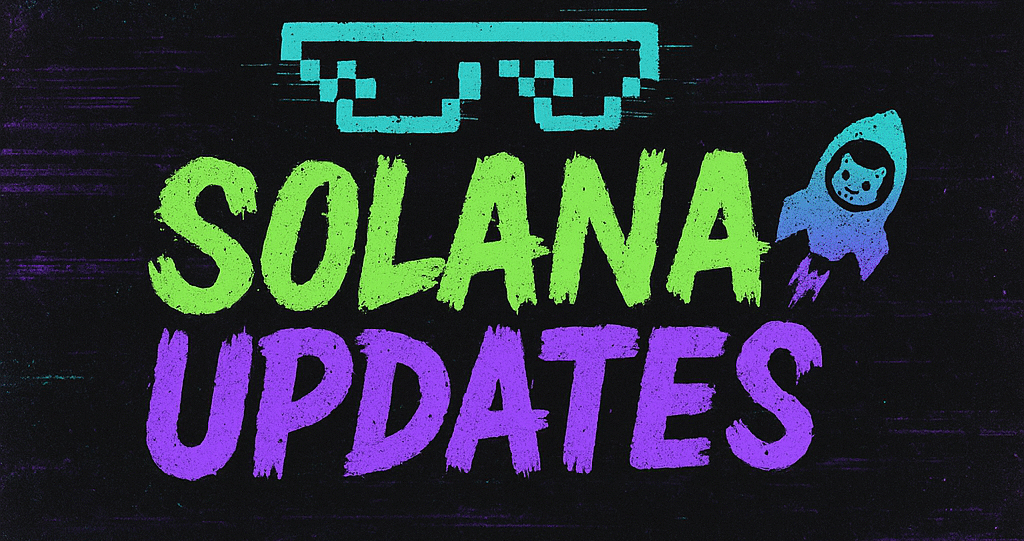In a groundbreaking shift within the financial sector, major Wall Street institutions are stepping into the digital asset arena by tokenizing money market funds. As stablecoin adoption reaches new heights, legendary financial giants like Goldman Sachs and BNY Mellon are not just observing from the sidelines but are actively participating in this digital transformation.
Stablecoins, digital currencies pegged to stable assets like the U.S. dollar, have long been heralded for their ability to offer the stability of fiat currencies while retaining the advantages of blockchain technologies. With a market capitalization that surpasses hundreds of billions of dollars, stablecoins have become a pivotal component of the crypto ecosystem, facilitating transactions, trading, and more.
Recognizing the potential and appeal of digital assets, Goldman Sachs and BNY Mellon are pioneering efforts to tokenize money market funds. The move is strategically designed to offer a competitive alternative to stablecoins, providing investors with a familiar yet innovative means of securing and growing their assets. By tokenizing these funds, which traditionally offer high liquidity and low risk, these financial powerhouses are not only enhancing operational efficiency but are also tapping into a burgeoning market that demands digital integration.
JPMorgan strategist Teresa Ho believes that the advent of tokenized money market funds could significantly broaden their use cases. One of the most promising applications is the potential use of these tokenized assets as margin collateral. This could revolutionize trading and investment strategies, offering a robust and secure alternative to traditional collateral mechanisms. Furthermore, the transparency and efficiency inherent in blockchain technology can reduce settlement times and enhance trust and security in financial transactions.
The integration of blockchain technology with traditional financial products also signals a broader acceptance and recognition of digital assets within mainstream finance. It showcases a willingness to adapt and innovate, ensuring that established institutions remain relevant and competitive in an increasingly digital world.
However, this transition is not without its challenges. Regulatory scrutiny and technological hurdles remain significant concerns. Ensuring compliance with financial regulations while maintaining the decentralized and open nature of blockchain technologies will require careful navigation. Additionally, the technological infrastructure needed to support tokenized money market funds must be robust, secure, and scalable to handle potentially high volumes of transactions.
Despite these challenges, the potential benefits of tokenized money market funds are substantial. They offer a bridge between traditional financial systems and the rapidly evolving world of digital assets, providing both stability and innovation. As Wall Street continues to explore and implement these digital strategies, the financial landscape is poised for a transformative shift, one that could redefine how we perceive and utilize financial assets.
In conclusion, the tokenization of money market funds by Wall Street giants represents a strategic response to the rising prominence of stablecoins. This move not only underscores the importance of digital integration in modern finance but also highlights the ongoing evolution and adaptation of traditional financial institutions in the face of digital innovation.
🛒 Recommended Product: Check out top-rated crypto gear on Amazon


